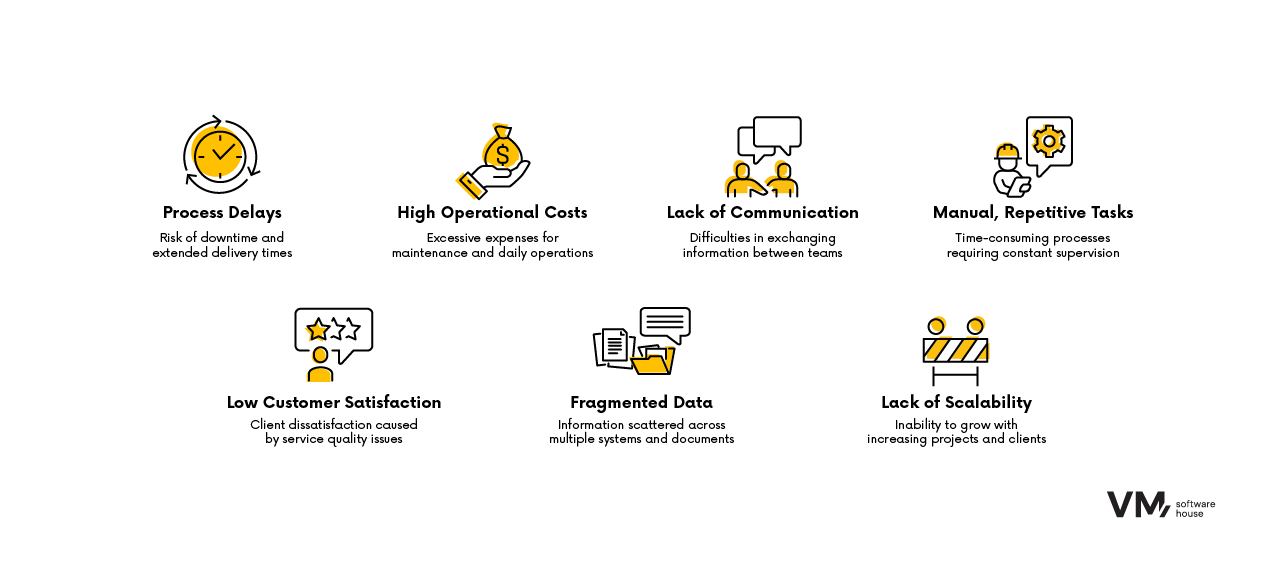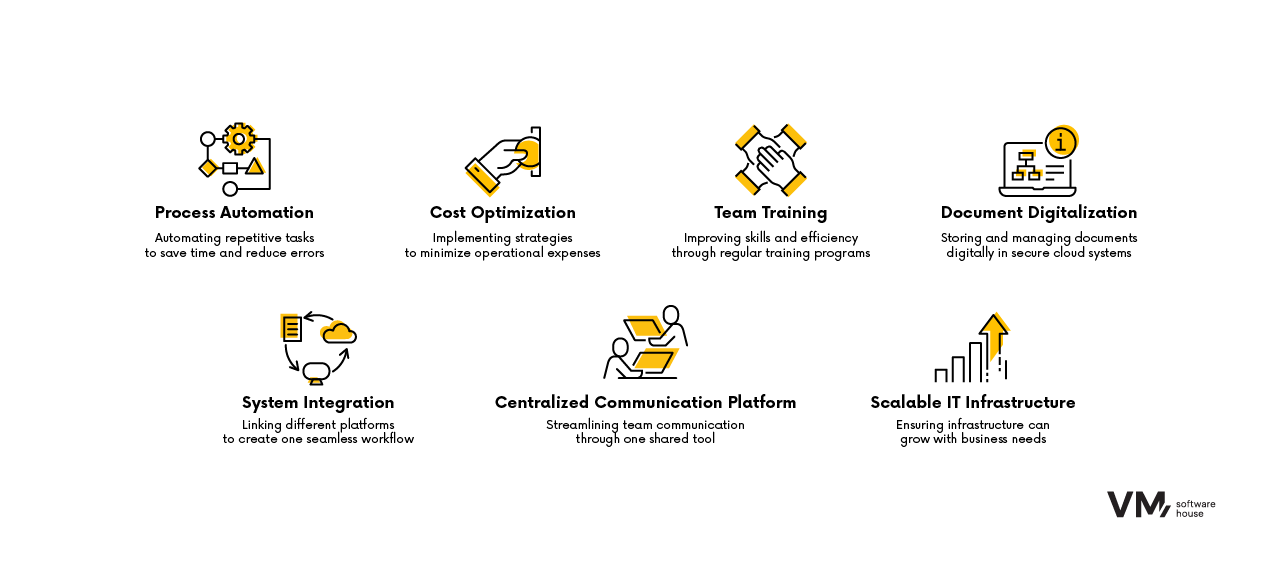This website uses cookies so that we can provide you with the best user experience possible. Cookie information is stored in your browser and performs functions such as recognising you when you return to our website and helping our team to understand which sections of the website you find most interesting and useful.

Client
An urban shared mobility platform operator offering pay-per-minute vehicle rentals. The service operates in multiple cities and serves thousands of users daily. The platform relies on dynamically matching vehicle availability to local demand and efficient fleet management.
Challenge
As the service expanded and the user base grew, the need arose for better understanding of customer behavior and improved vehicle distribution operations. Existing planning methods were insufficient — vehicles were often placed in low-demand areas, while other zones experienced shortages. This led to reduced operational efficiency and degraded user experience.
Additionally, there were no tools in place to analyze user behavior or segment customers. The team couldn’t identify which users generated the most revenue, which were at risk of churning, or what usage patterns emerged across customer segments.
The goal was to answer key questions such as:
- How do rental volumes vary by time of day and day of the week?
- How do local events affect demand?
- Where do users most frequently start and end their rides?
- Which routes are the most popular?
- Where do vehicles remain inactive for long periods?
- Who are the most valuable customers?
- Which user groups show signs of disengagement?
- Are there repeatable travel patterns among users?

Solution
To address these challenges, we executed a comprehensive analytics project based on data collected over 18 months across more than 12 cities. The analysis covered millions of records, including vehicle geolocations, trip history, user activity, and financial data.
The following analytical methods were applied:
- Statistical analysis – to identify daily, weekly, and seasonal trends in rental volume
- Geolocation analysis – to pinpoint high- and low-traffic zones and identify areas with idle vehicles
- RFM segmentation (Recency, Frequency, Monetary Value) – to segment users based on their transaction patterns
- Cohort analysis – to track customer retention over time based on registration period
- Advanced data visualization – using heatmaps, point and cluster maps, and choropleth layers to clearly communicate insights to both technical and business stakeholders
The entire solution was built in Python using libraries such as Pandas, Dask, Seaborn, Folium, and SQLAlchemy. Data was stored and analyzed using MariaDB and MySQL databases.

Results
The analysis delivered a set of actionable recommendations that were implemented across operational and marketing initiatives. Key outcomes included:
- Optimized vehicle placement based on real demand data, increasing average fleet utilization without expanding the fleet size
- Identification of high-value and at-risk customer segments, enabling more targeted marketing and retention strategies
- Development of dynamic dashboards to monitor key operational KPIs in real time, accelerating decision-making and improving operational agility
- Increased revenue per vehicle by better aligning services to user needs and improving vehicle turnover in high-demand areas
The insights contributed to higher operational efficiency, better customer experience, and increased profitability — all without additional fleet investment
Technology
The project was built using modern, scalable technologies:
- Programming language: Python
- Libraries & frameworks: Pandas, Dask, SQLAlchemy, Seaborn, Folium
- Databases: MariaDB, MySQL
The architecture was designed to support future scalability and automation, allowing for ongoing optimization of platform performance as services evolve and user behavior changes.

Design, Development, DevOps or Cloud – which team do you need to speed up work on your projects?
Chat with your consultation partners to see if we are a good match.






